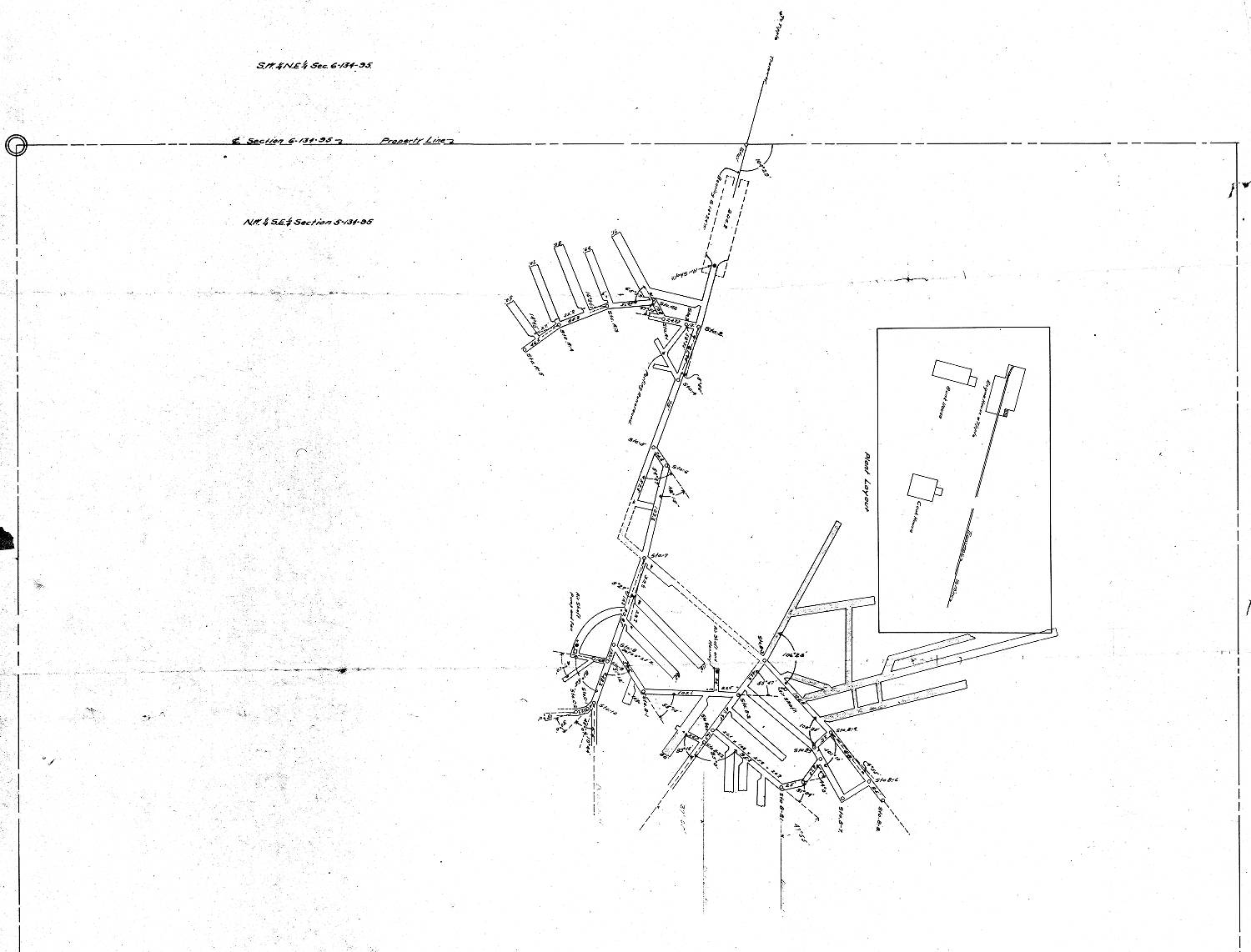The first supporting question, “how has the availability of coal influenced the North Dakota economy?” helps students use sources to unwrap the context of the time and topic being examined. Facilitate a discussion on the history of the development of coal in North Dakota. Complete the following task using the sources provided to build a context of the time period and topic being examined.
Formative Performance Task 1
Create a timeline of major events, changes, and innovations in U.S. and world history that have had an impact on the coal industry in North Dakota. When was coal discovered in North Dakota? How large is the coal resource? What were some of the bigger issues and trends of the coal industry in North Dakota? How many coal-fired plants are operating in North Dakota today? What are reclamation policies and how do they effect the cultural and natural resources of the state? What technological changes, trends, and other issues are influencing the coal sector in North Dakota today? How much coal is still untapped? How many more years can we produce energy from the untapped coal?
Featured Sources 1
The sources featured below are a combination of primary and secondary sources. Primary sources are the raw materials of history—original documents, personal records, photographs, maps, and other materials. Primary sources are the first evidence of what happened, what was thought, and what was said by people living through a moment in time. These sources are the evidence by which historians and other researchers build and defend their historical arguments, or thesis statements. When using primary sources in your lessons, invite students to use all their senses to observe, describe, and analyze the materials. What can they see, hear, feel, smell, and even taste? Draw on students’ knowledge to classify the sources into groups, to make connections between what they observe and what they already know, and to help them make logical claims about the materials that can be supported by evidence. Further research of materials and sources can either prove or disprove the students’ argument.
Secondary sources are accounts or interpretations of historical events, people, places, and ideas by someone who does not necessarily have firsthand experience of the subject. This is the material that historians and other researchers have written about primary sources and the events, ideas, and people of history. These are the products of historical work including exhibits, websites, documentaries, performances, books, and other publications. When students read or view secondary sources, they should pay careful attention to the bibliography. What sources did the author use? Are they reliable evidence to support their claims? When students read or view secondary sources, they should also explore additional sources, including primary sources, to get an accurate understanding of the context and if the author wrote a valid, accurate, and thoughtful interpretation. What is the author’s historical argument, or thesis statement? Are their claims logical and supported by evidence? Further research of materials and sources can either prove or disprove the students’ argument.
| Source A | |
| Source B |
Red Star Coal Mine Map 1924 
Source: SHSND Series 30505. http://www.digitalhorizonsonline.org/digital/collection/uw-ndshs/id/3785 This map was created as part of an extensive project to map all underground mines in North Dakota. The Red Star Mine map was created in 1924 while the mine was still in operation. Early military surveyors and pioneers discovered surface coal soon after arriving in North Dakota. Many small family mines opened around the western part of the state selling coal on a seasonal basis to local homes and businesses. As cities and towns emerged with their need for a good energy source, mining companies exploited sub-surface coal supplies. There were 73 mines in operation by 1900, and by 1920 the number had grown to 250. About half of these mines were surface mines, but about half drove shafts deep underground to retrieve the coal. Miners worked in the dark with limited access to fresh air. The demand for coal from North Dakota’s mines grew steadily, but slowly until the mid-1960s when production began to zoom. By 1999, coal mines employed 925 employees in the production of 31,125,000 short tons of coal. Because the last underground mine had closed by 1966, all of these miners worked in open-pit mines. Though the underground mines are closed, they remain of significant interest. In some places the surface above the shafts has collapsed or formed sinkholes. The state tries to identify unstable underground mines so that they can be stabilized allowing surface activities such as the building of highways to continue without danger. All North Dakota underground coal mines were mapped between 1920 and 1972. They provide vital information in case miners need to be rescued and identify the location of underground tunnels. These maps also tell the story of coal extraction from underground mines in ND. There were many large operations such as the Red Star mine or the Washburn Coal Company mines of McLean County, but also many small mines with only one or two lines run by a single family. How many air shafts are there? Look at the inset map for the Plant Layout. These are the buildings on the surface that supported the work of the miners. What functions do you find in these buildings? |
Learn more about the history of the energy industry in North Dakota by visiting the North Dakota Heritage Center & State Museum.


